Gardening in Austin can be a challenge for even the greenest of thumbs. In 2023 alone, our plants experienced a terrible winter ice storm followed by a record-breaking summer with unrelenting heat and drought.
A lot of lawns and beds are not looking so good right now. Even plants supposedly rated for “hardiness zone” didn’t survive our recent trial by fire. So, how do you pick plants that can survive (and thrive) in our local area?
Our resident horticulturalist, Allison Duell, has seen a lot of plants killed off this summer, but many are still going strong. Here are her top ten plants for gardening in Austin!
Flowering Perennials
Most annuals can only survive a narrow window in Austin, so we look to hearty perennials for color and beauty throughout the year. They will often flower in the spring and again in the fall when nighttime temps cool off after the summer.
1. Lantana
There are several varieties of lantana available, with yellow, red, orange, white, or purple flowers. It also comes in tall and crawling varieties. Choose one well-suited to Central Texas, like ‘New Gold,’ ‘Dallas Red,’ and ‘Confetti.’ Plant in full sun with well-draining soil.
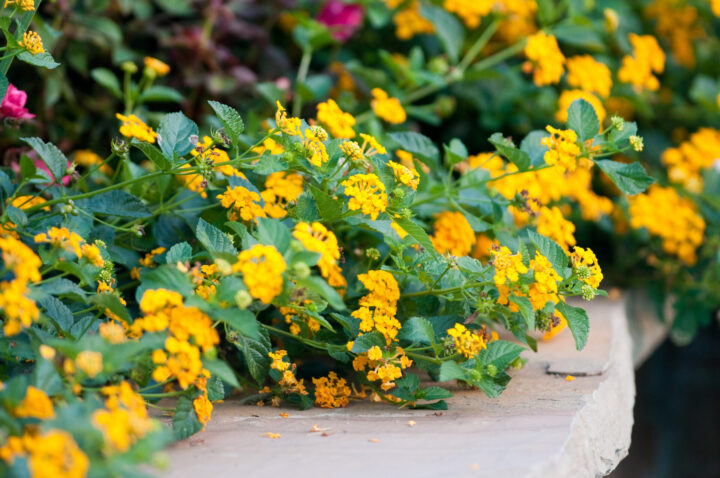
2. Salvia Greggii (aka Autum Sage or Texas Sage)
There are many varieties of Salvia, but Greggii (pronounced greg-eye) consistently outperforms the others around Austin. It grows beautiful red or pink flowers. It likes full sun and well-draining soil.
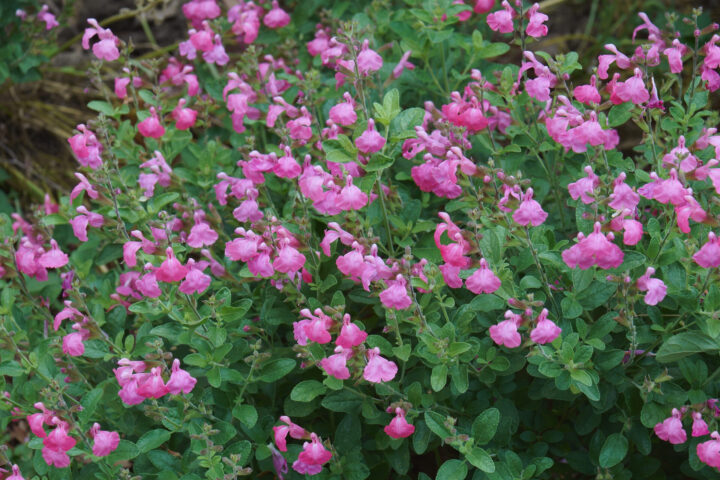
3. Turk’s Cap
This perennial has beautiful red blooms and can tolerate extreme drought. Even if there’s a bit of dieback, you can trim off the dead parts, and it will come right back. It needs full or at least shade to protect it from the afternoon sun.
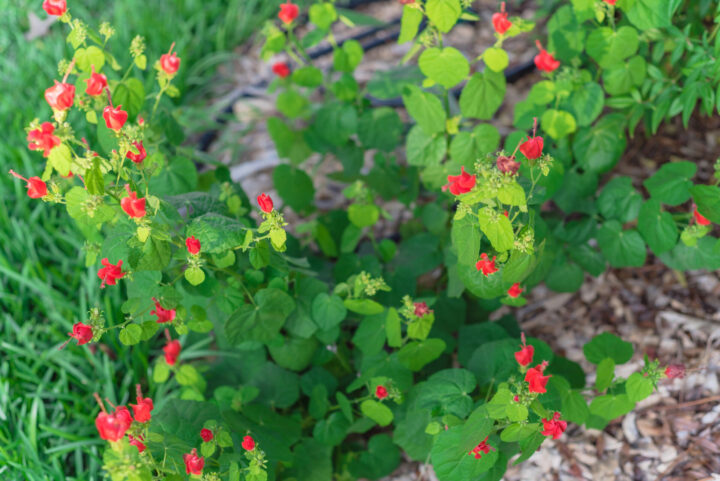
Ornamental Grasses
Grasses provide a nice texture to native beds – and movement in the breeze.
4. Mexican Feather Grass
Mexican feather grass is a popular ornamental grass known for its delicate, feathery plumes. It thrives in full sun and well-drained soil.
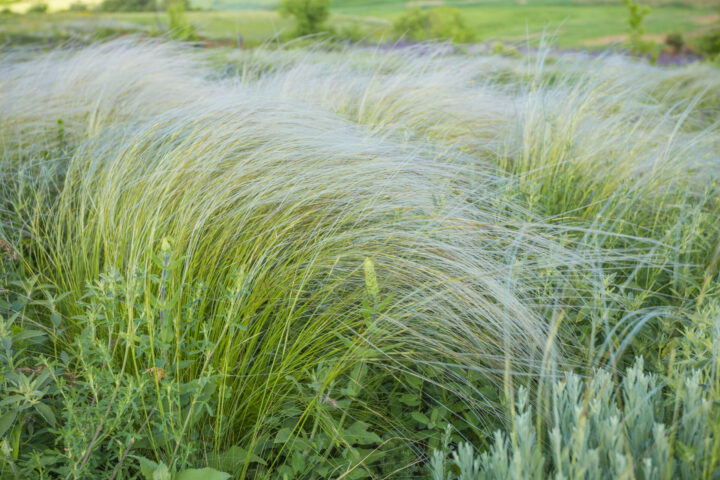
5. Gulf Muhly
Gulf muhly is a native ornamental grass that produces stunning pink to purple plumes in the fall. It prefers full sun but can tolerate some shade. Plant it in well-drained soil and water regularly until established.
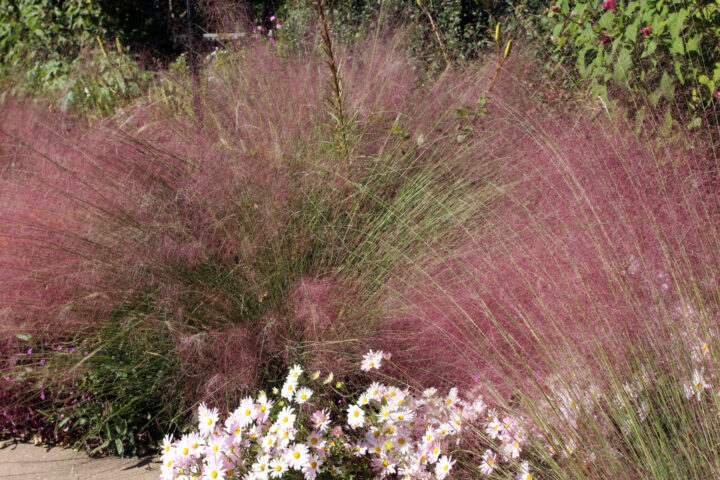
Shrubs
Shrubs provide volume and height for the middle to back of a well-designed bed.
6. Dwarf Yaupon
Dwarf yaupon is a compact evergreen shrub well-suited to gardening in Austin. It can tolerate a variety of soil types and is drought-tolerant once established. Prune as needed to maintain its shape.
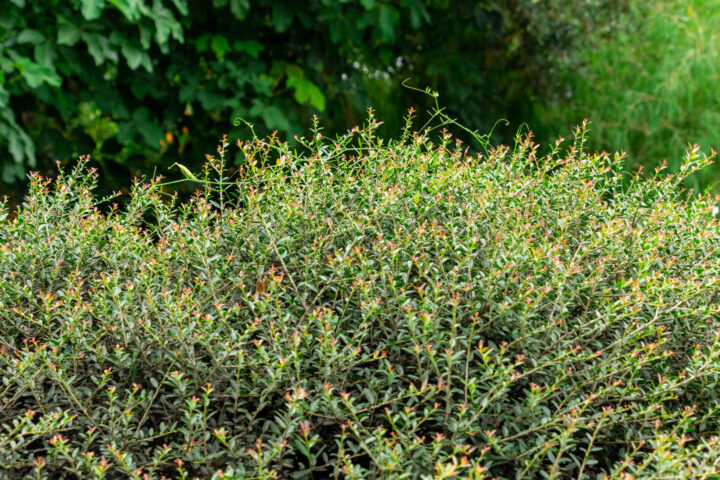
7. Foxtail Fern
The foxtail fern is not a true fern but rather a member of the asparagus family! It prefers partial to full shade and well-drained soil. It requires a bit more consistent watering than other plants on this list but still deals with the Texas heat well.
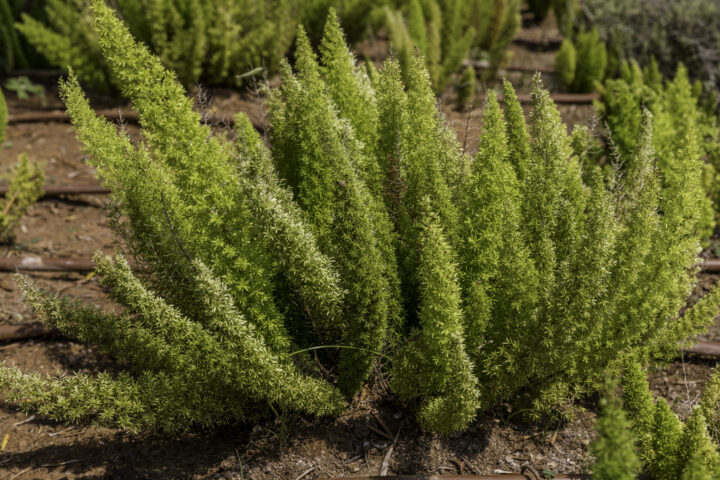
Groundcover
These low, fast-spreading plants can bring beautiful texture and color to your beds.
8. Purple Heart
Purple Heart is a hardy, low-maintenance ground cover with striking purple leaves (there’s also a green version). It prefers full sun but can tolerate partial shade too. It’s drought tolerant, and although the tops may die off in a freeze, leave the roots in place, and it will typically come right back in the spring.
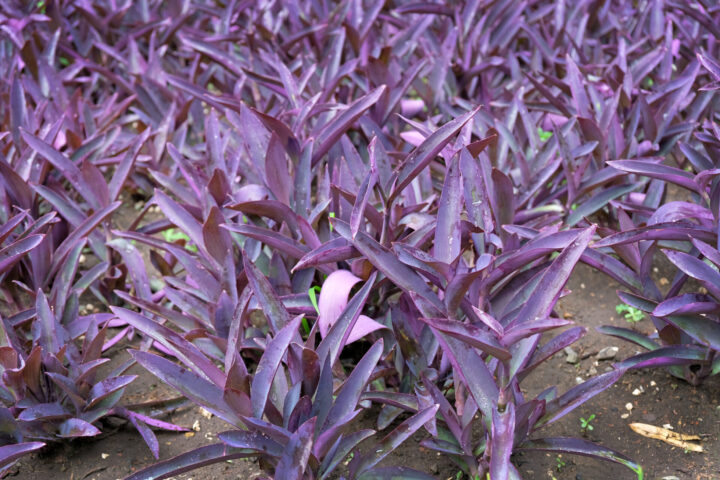
9. Ponyfoot
Ponyfoot is a low-growing ground cover that is well-suited to Central Texas lawns. It prefers partial to full sun and well-drained soil and even can tolerate some foot traffic.
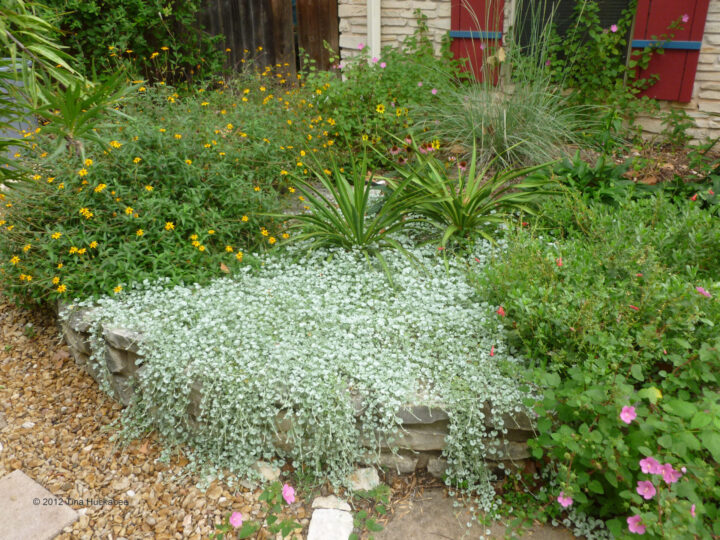
Trees
The last item on our list is actually a tree, but it can bring incredible color and interest to your landscape!
10. Vitex
Vitex, also known as Chaste Tree, is a drought-tolerant shrub or small tree that produces fragrant, lavender-colored flowers on and off in the spring and fall. It thrives in full sun and well-drained soil. Prune it in late winter or early spring to encourage bushier growth and abundant flowering.
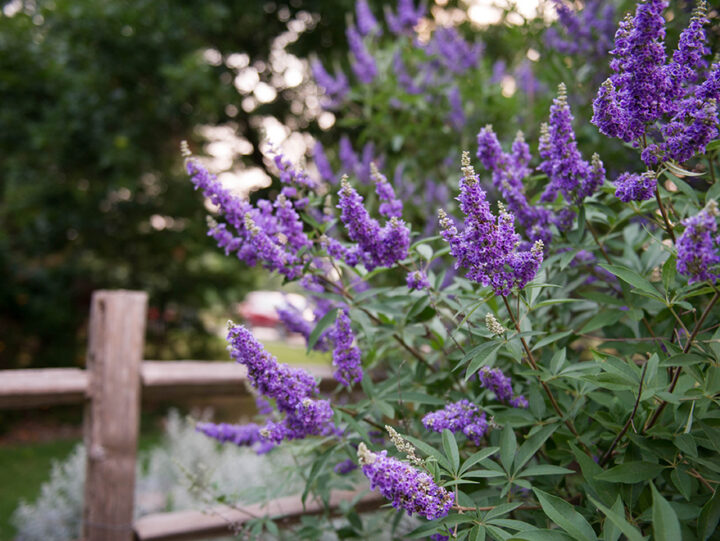
Final thoughts about landscaping and gardening in Austin
- Fall planting: People tend to plant in the spring, but fall is possibly the best time to plant in Austin. Why? It gives your plants ample time to establish roots and get a head start before the heat begins next year.
- Watering new plants: Although these plants are drought-tolerant, make sure to provide consistent watering until they are established. They’ll need that extra boost to get over the stress — for up to a year after planting.
- Winter Cutback: Many of these plants can benefit from light pruning or “cutback” in the winter. This will trim off the extremities that will die off in the winter anyway, and they will be primed for optimal growth and flowering in the spring!
- Don’t forget the mulch: Mulch is essential for gardening in Austin. It insulates your plants’ sensitive roots from extreme heat and cold and helps retain moisture throughout the year.

